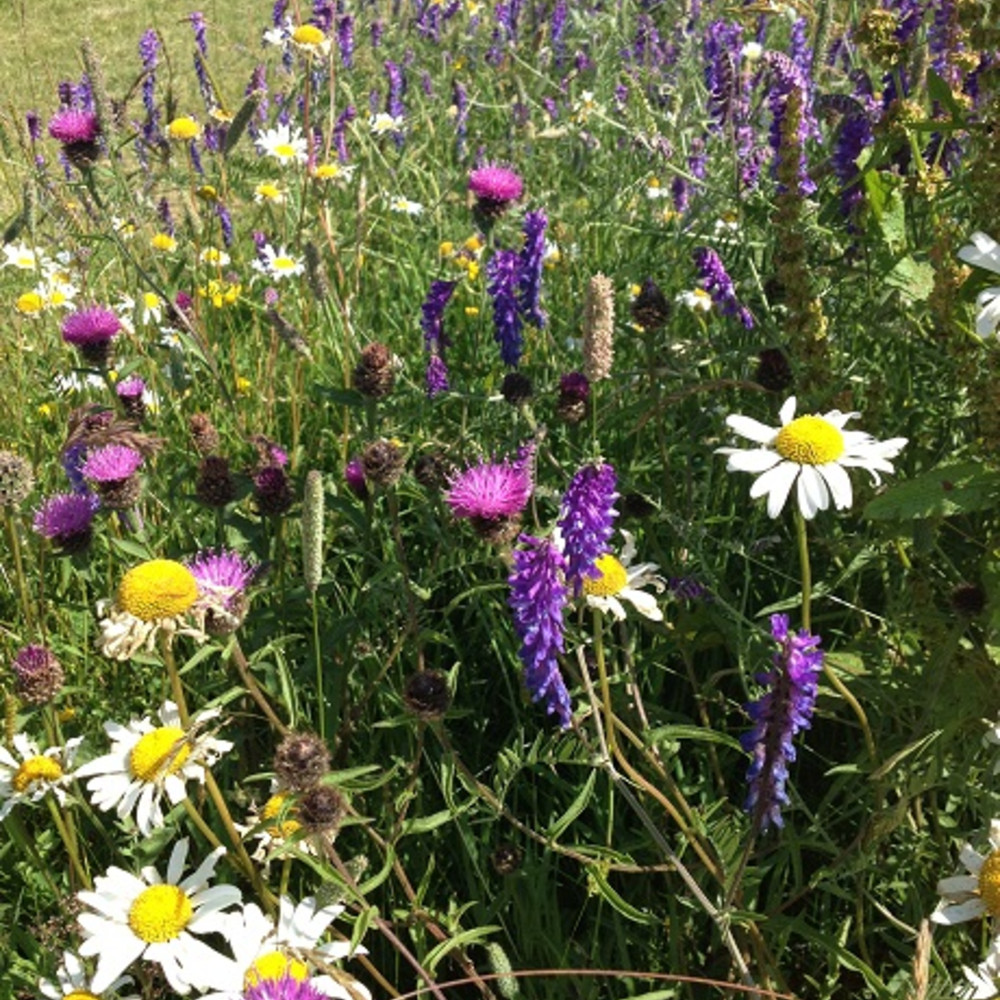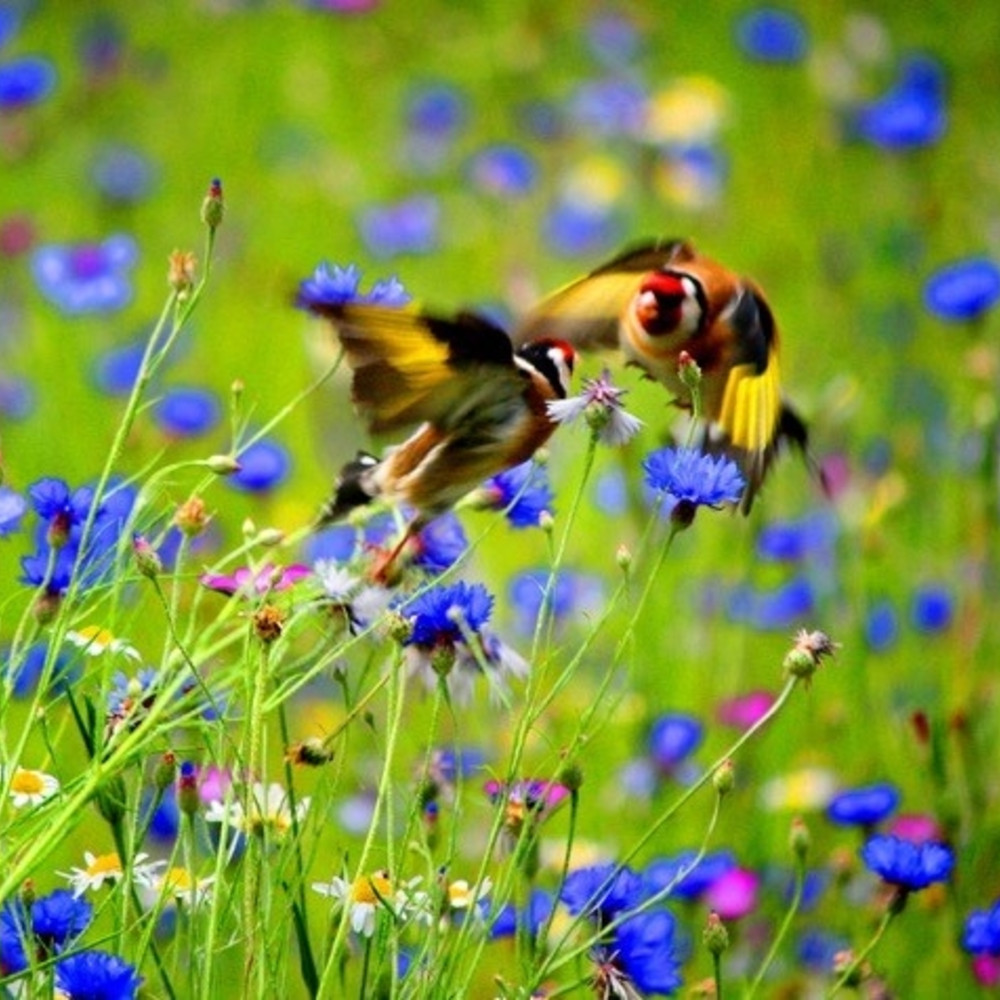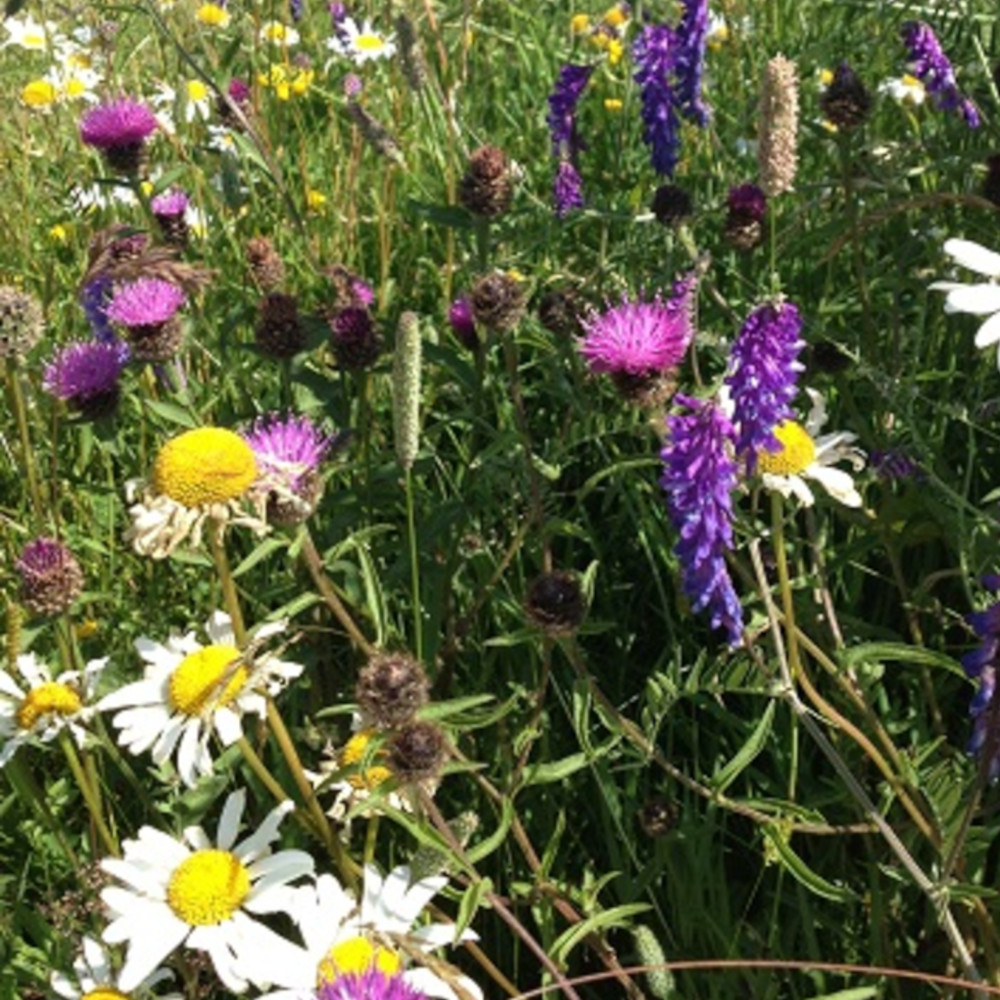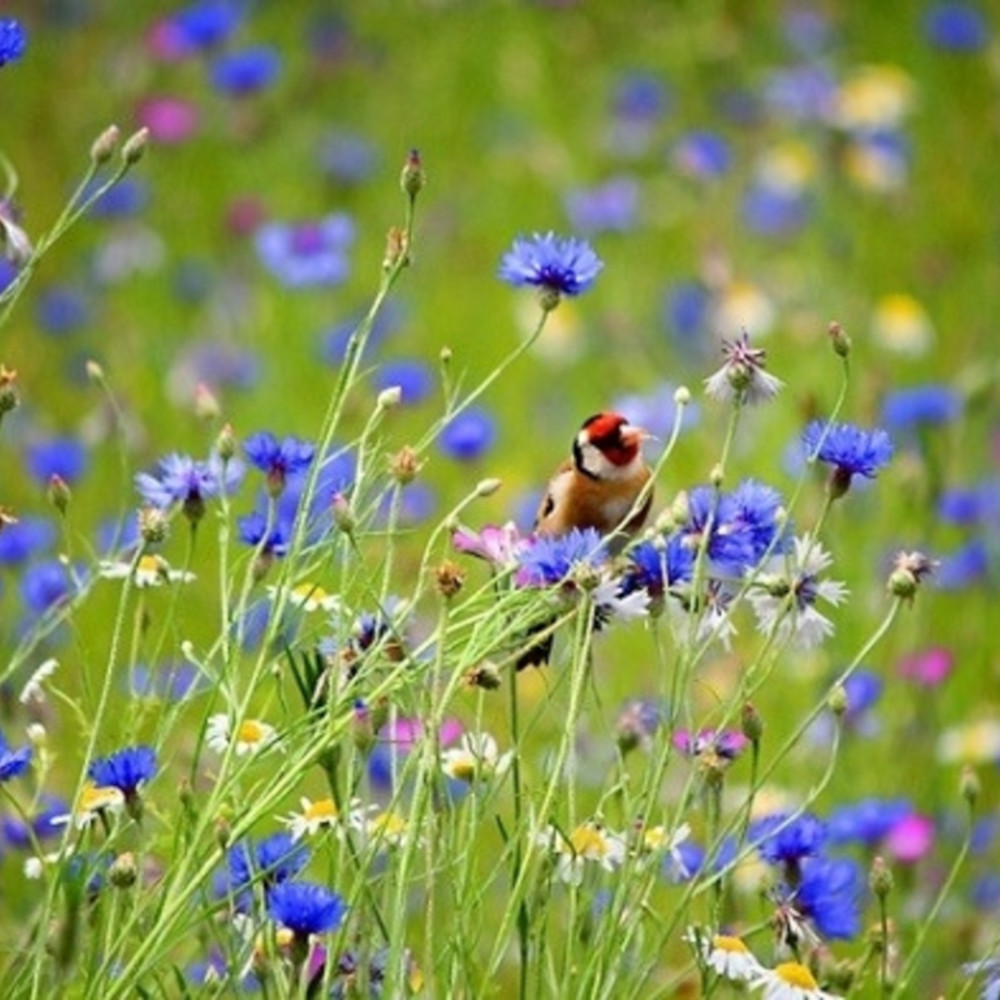How to grow... Wildflower Plants
Rocket Growing Guides
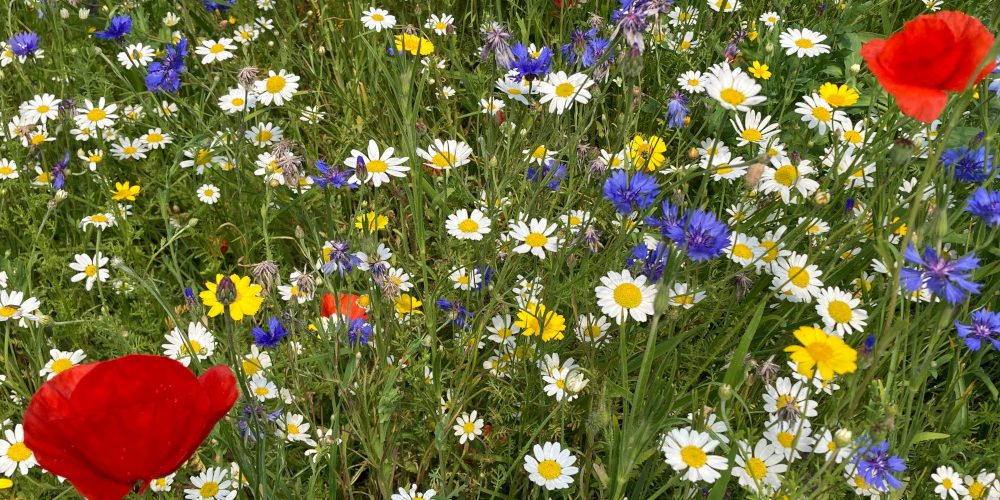
You can plant our Wildflower Plug Plants anytime from April to October.
You can choose to plant them in a dedicated patch of bare soil in the garden, in existing grassy areas, or in a pot/planter for a mini-meadow on your patio.
Each plug plant will arrive with a cluster of different seedlings emerging, a lucky dip from a wide selection of different varieties, and should not be thinned out (this way, you’ll get a fairly natural looking little meadow.)
- Wildflower Growing Guide
How to Plant Wildflowers
- You can plant our Wildflower Plug Plants anytime from April to October.
- You can choose to plant them in a dedicated patch of bare soil in the garden, in existing grassy areas, or in a pot/planter for a mini-meadow on your patio.
- Each plug plant will arrive with a cluster of different seedlings emerging, a lucky dip from a wide selection of different varieties, and should not be thinned out (this way, you’ll get a fairly natural looking little meadow.)
- Plant 3-5cm apart
How to Grow Wildflowers in Pots/Containers
- We would recommend between 25 & 50 plugs to a 50cm wide pot
- Use a multi purpose compost, preferably with a few handfuls of wormcast fertiliser which will slowly release nutrients
- Plant the plugs quite close together, about 3-4cm apart.
- If you don’t use wormcast fertiliser, use a liquid feed once a month during the summer months as the plants will quickly use the nutrients in the compost.
- If you do use wormcast fertiliser, add an extra sprinkle in autumn to replenish the compost.
- You can expect flowers until the first frosts in autumn. The various different plants flower at slightly different times of year, so you may not see some until next spring, whereas others will flower in the next few weeks.
- If you’d like to keep your pot going, let the flowers form seed heads and give them a little shake to distribute the seeds in the pot. Then cut them back.
How to Grow Wildflowers in bare soil
- We would recommend anywhere between 50 & 100 plugs per square metre
- Make sure the area is well weeded beforehand. Adding a mulch of compost on top of the soil before you plant will help to suppress weeds whilst the wildflowers are getting established.
- Plant the plugs evenly across the space, you can plant them quite close together, about 3-4cm apart.
- You can expect flowers until the first frosts in autumn. The various different plants flower at slightly different times of year, so you may not see some until next spring, whereas others will flower in the next few weeks.
- The plants will readily self-seed – let them go to seed, then cut back and leave the seed heads in situ to re-seed.
How to Grow Wildflowers in grass
- Cut the grass as short as you possibly can just before planting, and remove the grass cuttings.
- Plant on a day when the soil is quite moist – it will be much easier for you!
- Plant approx 50 plugs per square metre.
- Use a trowel or dibber to make holes, push the wildflower plugs into the soil and firm in well.
- Whilst they are getting established, the grass may overtake the flowers. If this is the case, wait until the grass reaches 100mm and cut back to 70mm. Remove the cuttings as best you can. This will allow light and space for the young plants.
- You can expect flowers until the first frosts in autumn. The various different plants flower at slightly different times of year, so you may not see some until next spring, whereas others will flower in the next few weeks.
- The plants will readily self-seed if you leave them until the very end of autumn.
- Avoid mowing from spring to late autumn.
- At the end of autumn, cut right back, leave for a few days (for seeds to disperse) and then remove clippings.
How to Grow Wildflowers in Autumn
- Autumn is a really good time to plant wildflower plugs, especially if planting into the ground. Follow the instructions above.
- You will find that you don’t see many flowers in year 1, but the plants will be putting down strong roots and will come through nicely the following spring.



